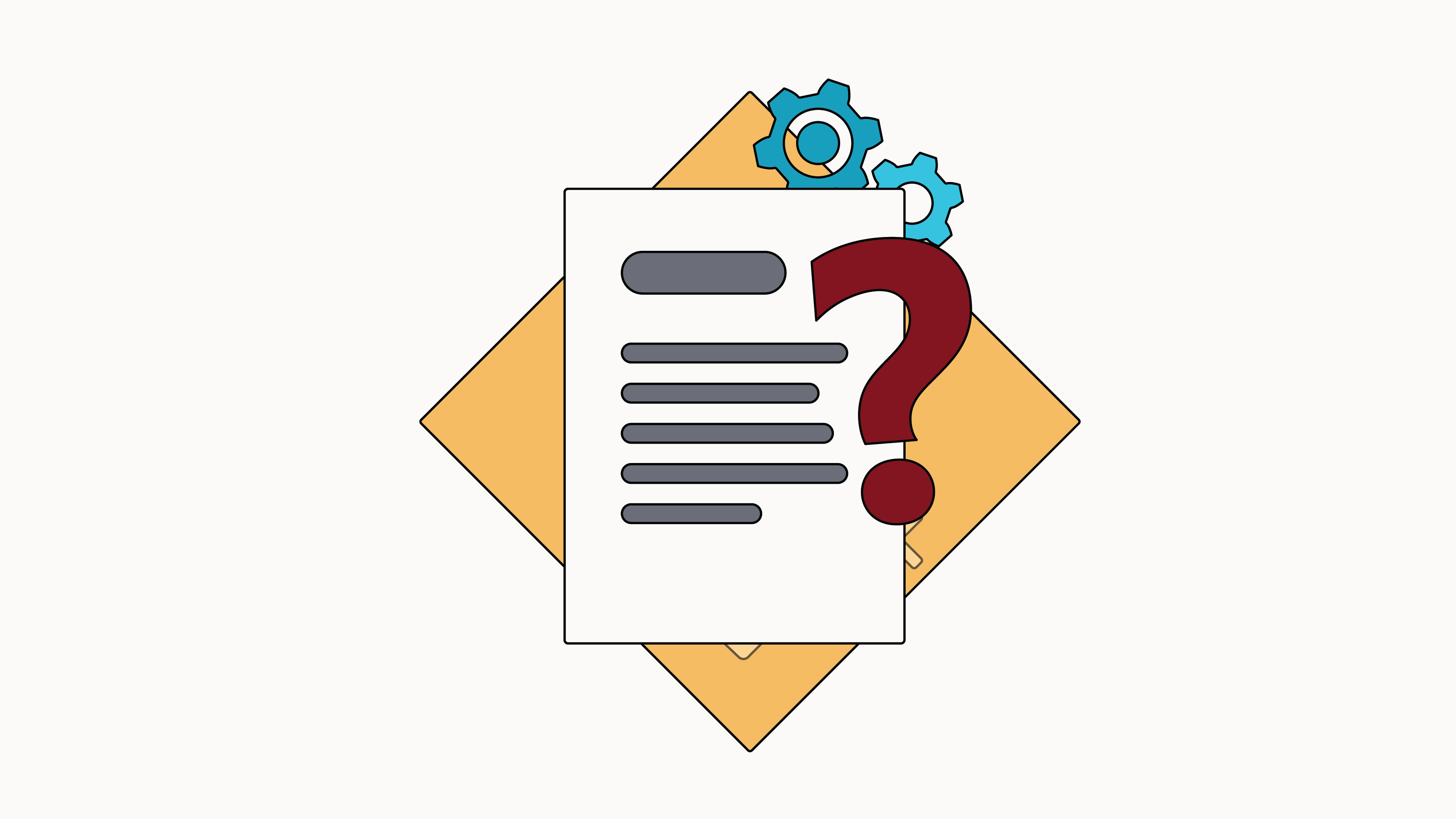Why adapt e-learning to Mobile learning ? Clark Quinn, an American expert in learning technology strategy, defines mobile learning as follows: “Mobile learning is at the intersection of mobile computing and e-learning, it includes resources accessible anytime and anywhere, strong research capabilities, rich interactions, powerful support for effective learning and performance-based assessment”. So here are a lot of reasons to take the plunge and adapt your e-learning courses to mobile learning. Here are the best practices for doing it with Beedeez!
Review the training plan
Before reusing e-learning content to adapt it to Beedeez, it will be appropriate to create a training plan adapted to mobile learning. Indeed, moving from e-learning to Mobile learning most likely responds to very specific problems and goals. The new plan should include the main learning goals and objectives.
This step will help in particular to reassess the existing course material but also to plan the new modules to be created using the Beedeez authoring tool. This means focusing on the key elements of the content that will help achieve learning goals..
What actions should be put in place?
1 - Review the training plan according to mobile learning needs
2 - Plan to potentially create new modules via Beedeez.
Divide training content
Let's start with a cliché about mobile learning: microlearning, from which it is inseparable. The particularity of microlearning is that it breaks up complex concepts into micromodules. Indeed, adapting e-learning to mobile learning involves redividing the content to perform adapted sequences. With Beedeez, we will therefore talk about breaking up concepts into capsules, then into notions, then into cards.
The articulation of learning sequences on a Mobile Learning solution like Beedeez is also different from the training chapters or the division used for e-learning. Mobile learning modules must be short, each concept to be assimilated must be simple, relevant and engaging, especially when used on mobile. The division of training into micromodules must take into account the simplicity necessary to assimilate the concepts. Any additional or superfluous information should therefore be eliminated or suggested using links for example.
What actions should be put in place?
1 - Resume e-learning content and get rid of all superfluous content
2 - “Burst” content into microlearning modules that meet simple goals
Put all the emphasis on visuals
Learners today, many of whom are millennials and beyond, expect mobile-accessible material to have a visual impact. Visuals are part of the DNA of mobile learning, it is essential to convey as much information as possible by this means, but be careful, the use of visuals should not be arbitrary. When adapting e-learning to Mobile learning, each element that appears on the screen is important and fulfills a role. That's why Beedeez proposed an integration with Canva. From the authoring tool, trainers can directly create impactful visuals without even leaving Beedeez.
But, looking good is not enough, each visual must reinforce the intention of the content delivered. The visual style can be adapted to the subject of the training, but it will always be relevant to maintain the colors of the company in order to be consistent with my employer brand or that of the training organization.
What actions should be put in place?
1 - Replace text with visuals as much as possible and relevant
2 - Select visuals that fulfill an objective and eliminate visuals that are only “decorative”
Multimedia is ROI
Who says mobile learning, says minimum quantity of text. Adapting e-learning to mobile learning therefore involves transforming sometimes slightly long portions of text into content that is more digestible and adapted to the small screen.. This is where Beedeez's multitude of content sheets come in. By integrating audio, video or GIFs, quizzes, etc. the learner will immediately be more stimulated.
Indeed, the brain better captures sound and visuals as opposed to long, verbose and detailed phases. Often, a 30-second video will be much more easily assimilated than a text that may be abandoned as soon as the second sentence.
What actions should be put in place?
1 - Integrate modules that use multimedia (video, images, podcasts, etc.)
2 - Be careful to design content, especially video, so that it can be consumed without discomfort on the small screen
Focus on interactivity and adaptability
When adapting e-learning to mobile learning, it is preferable to optimize the number of interactions that the learner will have to perform as opposed to long interactive sequences in an e-learning course. Learners on the go may not have time to participate in a long game or simulation. When incorporating interactive, video, and audio elements, it's critical to keep the learning environment in mind.
In addition, thanks to Beedeez, the contents are also accessible on all platforms and devices, so that learners can easily access them. Moreover, this is what the group liked L'Occitane, which succeeded in facilitating the transmission of knowledge between its collaborators thanks to Beedeez.
What actions should be put in place?
1 - Promote short interactions with long interactive sequences
2 - Ensure the accessibility and quality of content regardless of the platform used to access it




